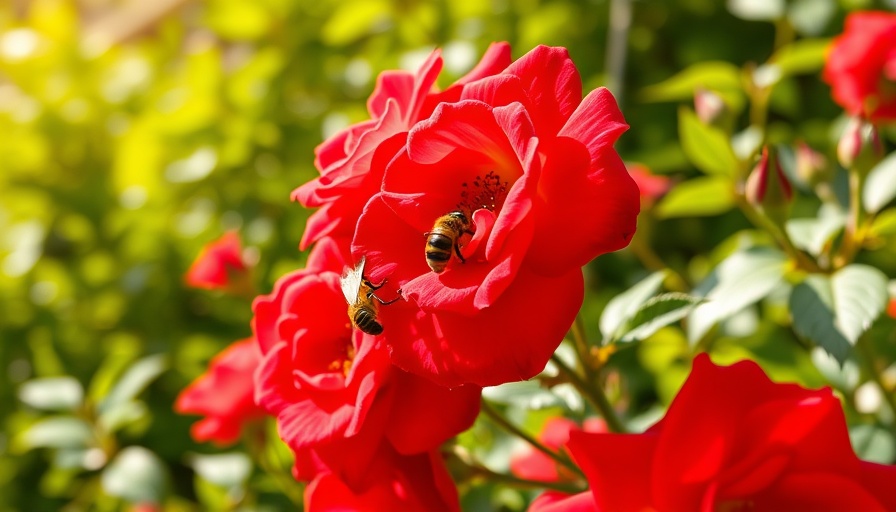
Discovering Hardy Roses: Beauty Without the Hassle
For many aspiring gardeners, the notion of cultivating roses can seem daunting. The whispers of those pesky upkeep requirements often discourage new enthusiasts, leading them to shy away from adding these elegant flowers to their gardens. But fear not! With the right choice of hardy roses, you can enjoy vibrant blossoms without the constant worry of maintenance. Not only are these varieties resilient against the elements, but they also bring rich color and fragrance to any backyard or flower garden.
Top 13 Hardy Roses to Brighten Your Garden
In your quest for resilient yet striking rose varieties, consider these top picks known for their hardiness:
- Bukavu
- Cinderella
- Crazy Love
- Distant Drums
- Hot Paprika
- James Gallaway
- Lavaglut
- Lavender Veranda
- Living Easy
- Paloma Blanca
- Pink Double Knock Out
- Teasing Georgia
- Viking Queen
These choices prove that you don’t have to sacrifice aesthetics for ease of care!
Understanding Your Gardening Zone
Before investing time and resources in any of these hardy roses, understanding your gardening zone is essential. Those in USDA Hardiness Zones 3 to 5 will find a wider range of suitable varieties. Choosing a rose that thrives in your specific zone is crucial for success. A rose suited for warmer climates won’t perform well in cooler areas, setting you up for disappointment. Consulting local gardening guides or community garden centers can provide additional insights tailored to your climate.
Identifying the Right Location
Another vital aspect of growing roses successfully is selecting the right location within your yard. For instance, many roses thrive in full sun, requiring at least six hours of sunlight daily. If your garden spot is shadier than that, consider varieties that tolerate partial shade. Additionally, be cognizant of prevailing weather conditions in your area. Proper spacing is crucial to prevent disease; crowded roses are more susceptible to mildew and pests.
Resistance is Key: Choosing Disease-Resistant Varieties
The best-kept secret in rose cultivation is selecting varieties known for their disease resistance. Roses that are resistant to common afflictions like powdery mildew and black spot not only reduce your gardening headaches but also promote healthier growth. When shopping, look for roses labeled as “disease-resistant” and inquire about their history in your local soil conditions.
Backyard Landscaping with Roses
Incorporating roses into your backyard design can transform your outdoor space into a stunning haven. Hardy roses can be integrated into borders, featured in raised garden beds, or trained to climb trellises to create vertical interest. Not only do they add beauty, but they can also attract pollinators like bees and butterflies, boosting your garden’s ecological health. Consider pairing them with companion plants that thrive under similar conditions for a cohesive look.
Final Thoughts on Low-Maintenance Gardening
By selecting hardy rose varieties, understanding your gardening zone, and providing them with the right conditions, you can cultivate a garden of beautiful blooms that require minimal upkeep. This approach not only enhances your home's exterior but also allows you to engage in more enjoyable gardening practices, freeing up time for relaxation and appreciation of your floral masterpieces.
So roll up your sleeves, pick your favorite hardy roses, and let your garden flourish with color and fragrance!
 Add Row
Add Row  Add
Add 




Write A Comment